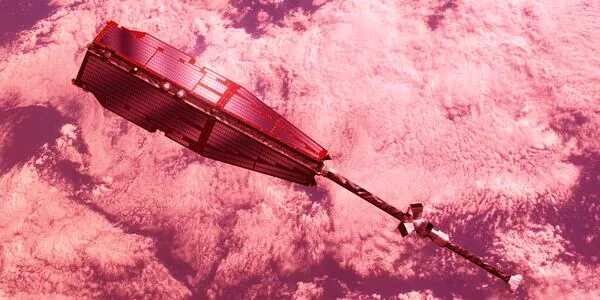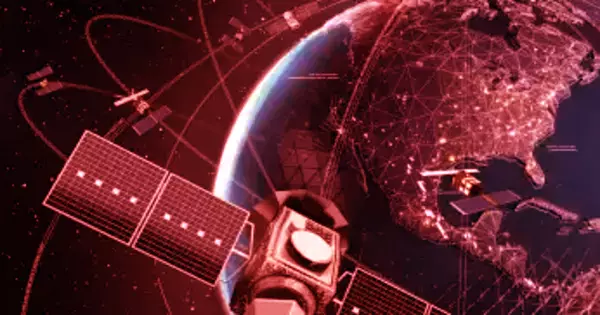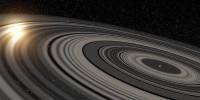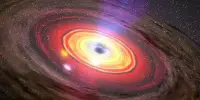We have launched thousands of rockets and sent countless more satellites into orbit since the advent of the space age in the 1950s. Many are still there, and as we launch more, the probability of collision grows. We’ve been making a mess in space for as long as humans have been exploring it. Thousands of dead satellites orbit our globe, along with bits of debris from all the rockets we’ve fired throughout the years. This could become a problem in the future.
A European satellite that was trying to avoid dying in the Earth’s atmosphere owing to terrible space weather narrowly escaped colliding with a random piece of space debris. The satellite, which is part of the Swarm constellation and monitors the Earth’s magnetic field, has been traveling to a higher altitude after experiencing increased drag as a result of changes in the density of the top layers of Earth’s atmosphere caused by solar activity.
The maneuver, which was supposed to raise the satellite’s altitude by 28 miles (45 kilometers) over a 10-week period, was called off after a piece of space trash triggered an alarm at mission control.
ESA said the Swarm team eventually completed the orbit-raising maneuver, which will enable the spacecraft to operate safely in the foreseeable future.
The incident, which happened on June 30, according to a European Space Agency (ESA) statement, required the ground control team to immediately perform an avoidance maneuver to dodge the piece of debris.
According to ESA, the incident highlights the precarious situation in Earth orbit. The problem of space debris has been getting worse and worse, with hundreds of thousands of fragments large enough to kill a satellite currently known to be hurtling around the planet.
As the sun awakens to a period of more intense activity, producing more sunspots, flares and coronal mass ejections than it has done in years, satellite operators face a double whammy. As the density of the upper atmosphere increases, satellites have to plod through the thickening gas as if they were flying against wind. Satellite operators therefore need to use on-board propulsion to prevent the satellites from spiraling back down to Earth.

On top of that, experts predict that these same air density changes will lead to a temporary increase in the amount of debris fragments in low Earth orbit, as those fragments face the same increased drag as the satellites, Hugh Lewis, a professor of engineering and physical sciences at the University of Southampton in the U.K. and one of Europe’s leading space debris experts, told Space.com in an earlier interview. Unlike the satellites, these fragments are completely out of control.
According to ESA, the Swarm crew eventually performed the orbit-raising maneuver, which will allow the spacecraft to operate safely in the near future. Fortunately, for the time being, space trash does not represent a significant risk to our exploration endeavors. The greatest threat it poses is to other satellites in orbit.
These satellites must maneuver out of the way of all this oncoming space trash to avoid being hit and potentially damaged or destroyed. Every year, hundreds of collision avoidance maneuvers are executed across all satellites, including the International Space Station (ISS), where humans live.
















